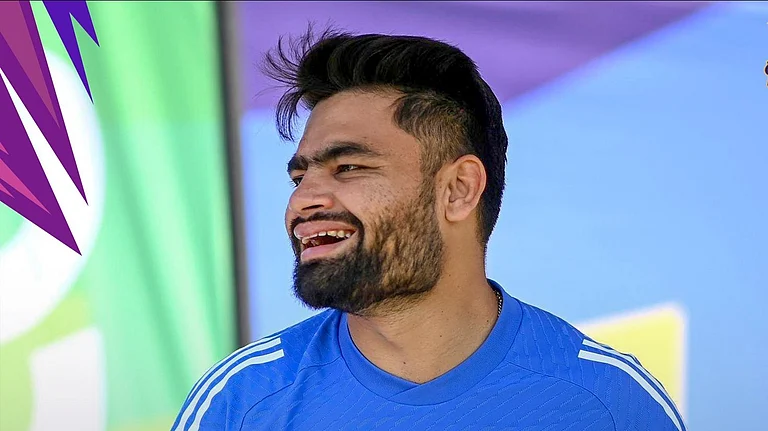On August 3rd, 2015, the Prime Minister announced a 'Historic Peace Accord ' between the Government of India and the NSCN (I/M). It appears that what has been agreed upon is a hybrid mix of agreements on a number of Issues and a Framework to proceed further with negotiations to complete the final agreement within a specified time frame.
The basic groundwork for this was done during the detailed discussions that the former Interlocutor, RS Pandey had with the NSCN (I/M) during 2009-2011. Agreement on a large number of issues had been reached. The basic philosophy and foundation for this was the GOI accepting the unique history of the Naga people and agreeing to make special provisions to incorporate this in the Constitution and Laws of the country. And the NSCN (IM) understanding and accepting that in the Federal set up in India, sovereignty is shared between the state and the central governments and that ultimate sovereignty rests with all the citizens of India. It was the consensus that neither Sovereignty or a Greater Nagaland was politically feasible.
Greater Autonomy for the State of Nagaland was accepted and various provisions agreed upon, including the rights to all resources under the land in the State.
An enormous amount of trust was built up and I am glad that this basic trust and sincerity on both sides continues as evident from the preliminary agreement committed to paper and the commitment to move forward and resolve the remaining issues.
I have no doubt that the issues can be resolved if sincerity and trust remains on the negotiating table in the months to come.
What are the challenges to a final peace Agreement, which will result in all Armed groups of Nagas in the North-East laying down their arms and joining the democratic process.
First and foremost is the need to take all groups into confidence before a final Peace Agreement is announced. These would not only include the Armed groups, but also the civil society(which is very influential), the Church and the State Government in Nagaland.
Second, is to find a mutually acceptable settlement for Autonomy to the Naga Hill Districts in Manipur, without disturbing the Territorial integrity of the existing State of Manipur.
Fourth, to find a workable solution is needed to be found for the elimination of the multiple Taxation/ Extortion infrastructure, so that the common Naga people do not suffer and the Development moneys given to the States is spent on Infrastructure and economic development.
Fifth, steps have to be taken to enhance and build skills and capacity of the State Government to undertake Economic Development with focus on outcomes rather than expenditure. There are huge regional disparities in the State and the economically disadvantaged tribes in Nagaland will need to be treated specially to make them equal partners in the development process.
Sixth, there is an urgent need for the creation of a Pan Naga Council which will exclusively deal with the preservation of culture, history and traditions of the Naga people. The Institutional framework, role and Financing of this Institution will need to be spelt out and finalized.
Seventh, it would be useful if a final settlement of the Boundary between the States of Assam and Nagaland is also made.
The recommendations of the informal Commission set up by the Supreme Court could be a basis for the settlement which is by and large fair and respects the situation on the ground. The Government of Assam which is the largest State and has a special relationship must show leadership to settle this issue. If India and Bangladesh can settle international Boundaries, it should be possible for the two State Governments and the Central Government to resolve this issue once and for all.
Apart from these issues, there are a number of other collateral issues which will need to be resolved, including the manner of resolving the various cases against members of the Armed Groups in Nagaland and subsequently in other States in the NorthEast.
There will also be the need to simultaneously begin the process of Reconciliation among the various Naga Tribes and families that have got caught up in this long struggle .
The fate of the Sadar Hills subdivision and the Kukis is another issue that will have to be simultaneously addressed, in consultation with the Kukis and the Manipur State Government.
Muivah has shown leadership and Statesmanship over the long and arduous negotiations during the last two decades. His continued Statesmanship and leadership will be tested during the next stage of the negotiations. The Prime Minister, by committing to the Historic Accord has signaled Government of India's willingness to bring about a settlement with the Naga People which is honorable and acknowledges the unique history of the Nagas within the Indian State.
The next stage in the negotiations has to be handled very sensitively and with wide consultations with all sections of Naga Society. If this is done, it will be a victory for Indian Democracy and the Naga people who have suffered greatly in silence for the last seven decades.
A shorter, edited version of this appears in print























